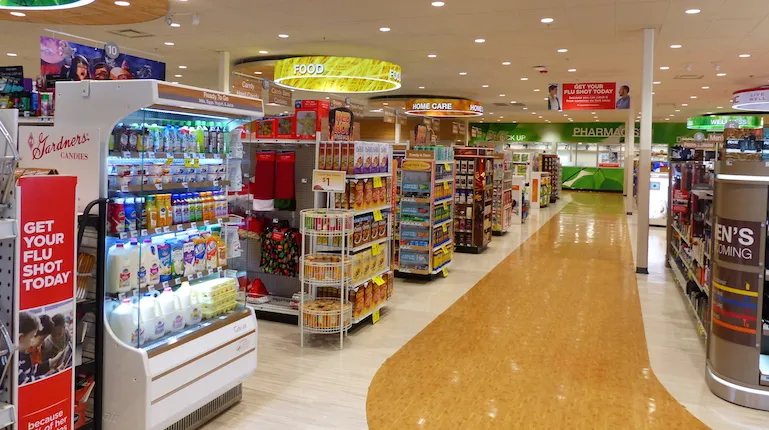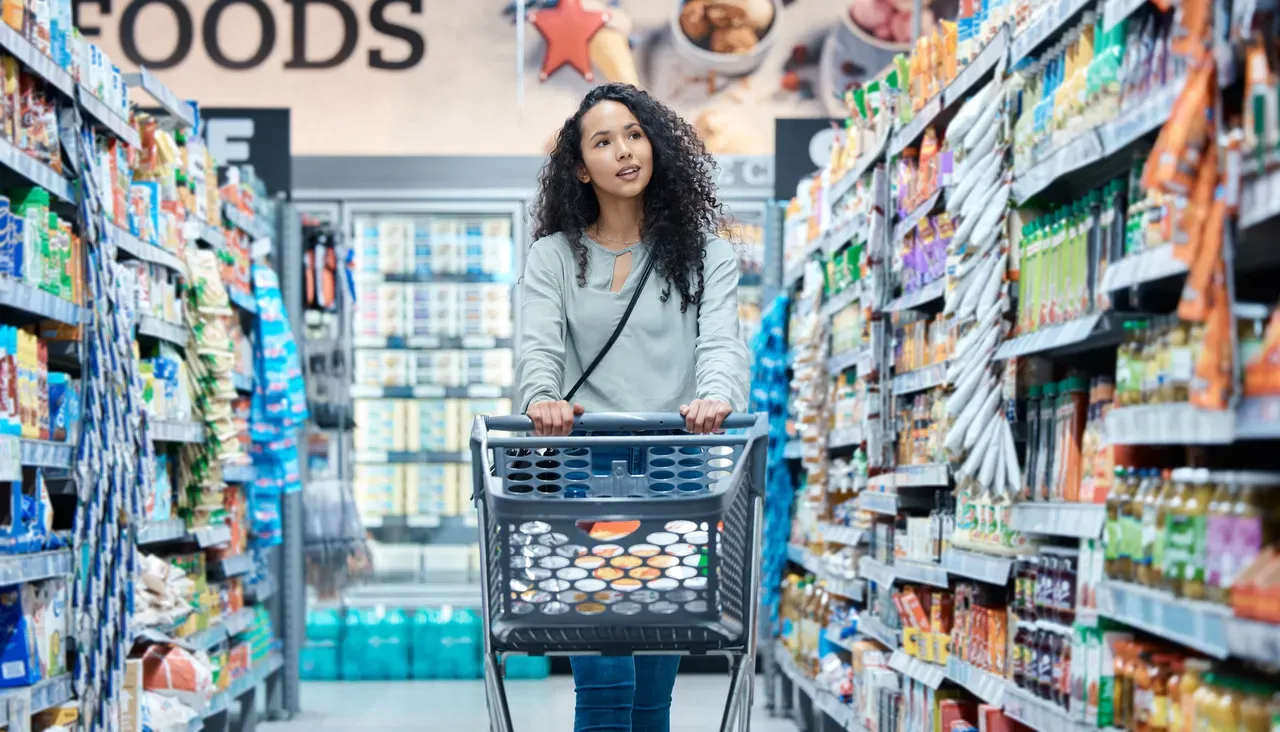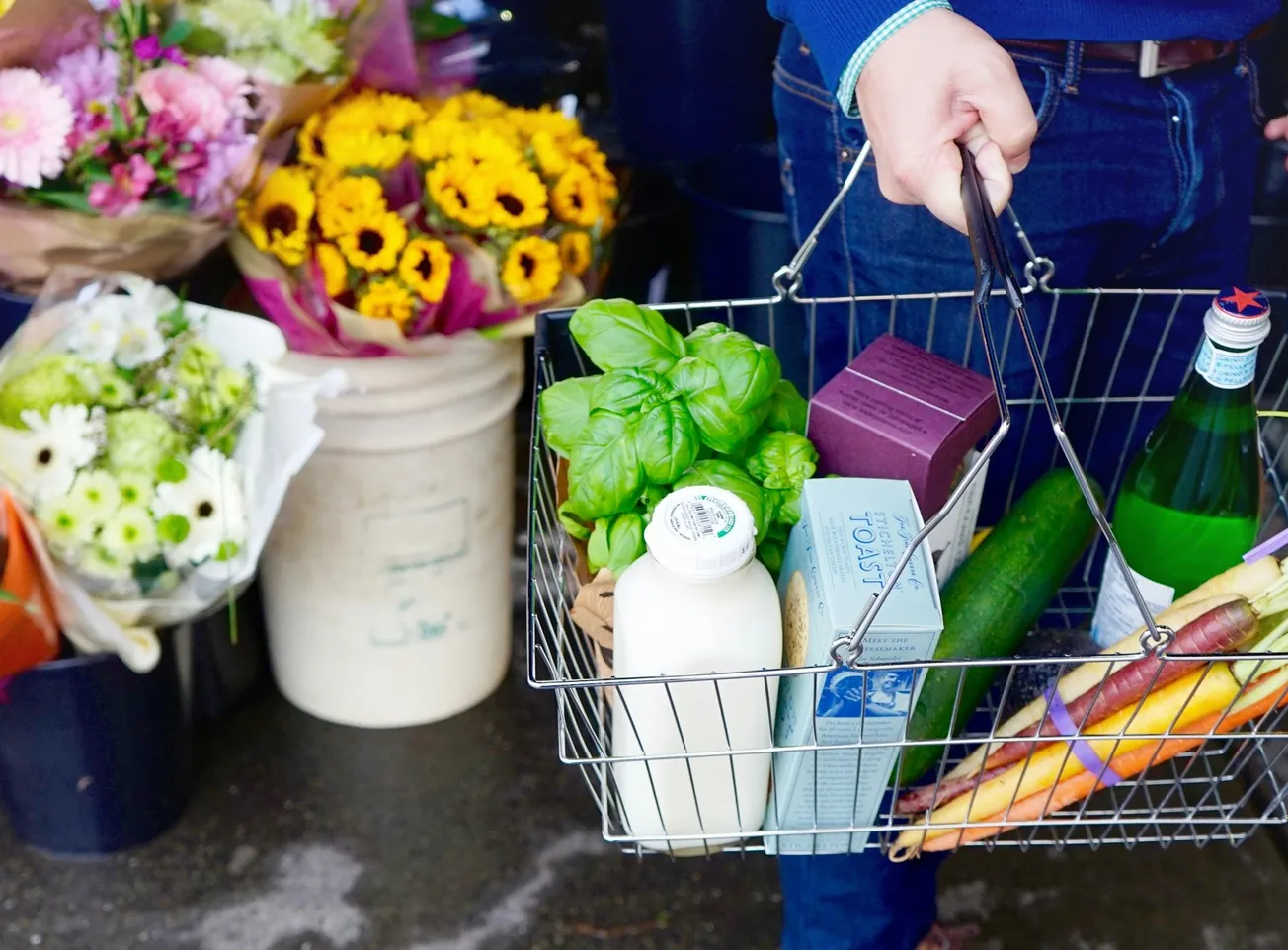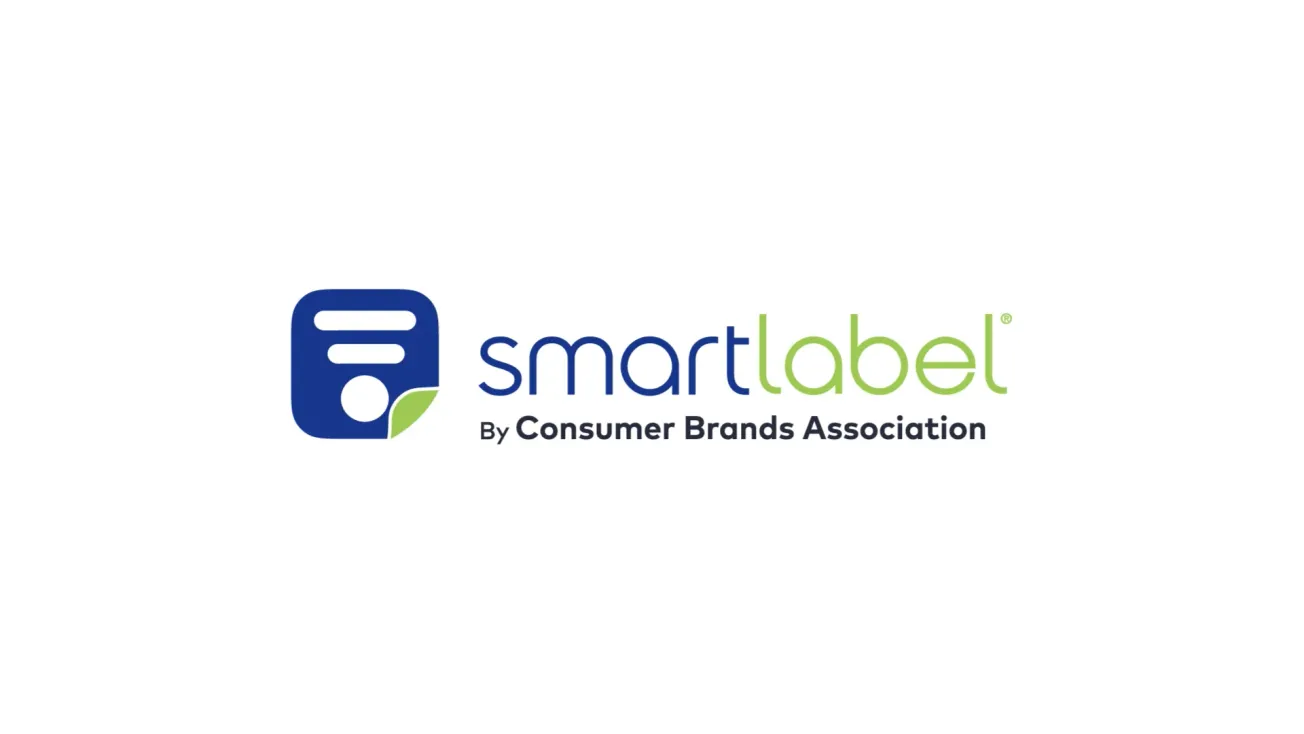Rite Aid Corp. made headlines in January when it announced it had installed beacons throughout its network of nearly 4,600 drug stores, wrestling away from Macy’s the designation of largest retail beacon deployment to date.

Anne Marie Stephen, Kwolia
The drug store chain is following in the footsteps of other major retailers such as Target Corp. that have been testing out beacons and discovering their potential to bridge the online-offline divide. In early 2015, a Business Insider “BI Intelligence” report on beacons in retail predicted that the technology would directly influence $40 billion in U.S. retail sales at major retailers this year, up tenfold from the year before.
Rite Aid’s beacon project relies on mobile shopper marketing firm inMarket’s network of 42 million users and publishing partners, including Condé Nast and Gannett and the popular apps they publish. The drug store is gambling on the popularity of these apps, among them Coupon Sherpa and Epicurious, as an avenue to reach out to customers with interesting and appropriate offers as they shop in-store and are primed for purchase.
Despite slow adoption throughout the industry, beacon technology continues to garner significant buzz for its lucrative potential to target shoppers with contextually relevant content, messages and offers at the moment that makes the most sense.
Fewer offers, more personalization
Outside of the drug store world, luxury department store Barneys is using beacons in its new downtown New York City flagship not for coupons and discounts but to engage users with relevant content from its in-house magazine The Window, and with recommendations of in-stock products they’ve previously expressed an interest in, based on their wish lists or recently viewed items. Customers have downloaded the Barneys app and opted in to receive push notifications and alerts. The focus is more on elevating the shopping experience and less on shaving dollars off a purchase price.
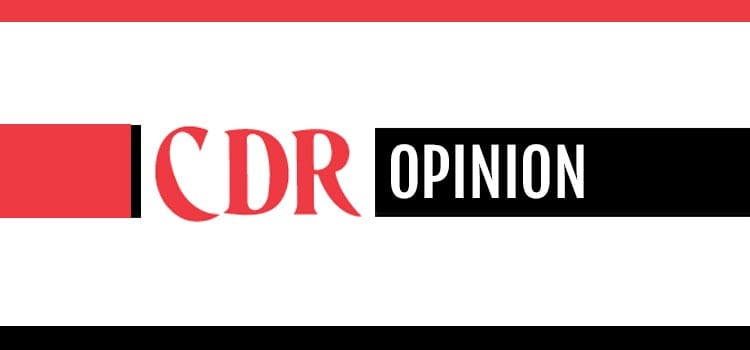
Heineken came up with a clever beacon strategy to tie in with the launch of last year’s James Bond film, Spectre. The beer company also worked with inMarket to direct grocery store shoppers to an interactive display, driving 1 million shopper impressions and 222,000 actual engagements as customers interacted with products on the shelf. A follow-up survey conducted by inMarket revealed that the campaign generated more than $320,000 in incremental revenue.
At major events, from Ticketmaster concerts to music festivals such as Coachella, Heineken relies on platforms and partners to get its message out via beacons. It works with the top 30 retail and shopping apps, aggregating them and using them to promote its message at scale, as in the Spectre campaign.
A silver bullet?
Like any technology out there, beacons come with their pros and cons. First and foremost, retail decision makers should consider the goal they want to accomplish before deciding on the technology needed to accomplish that goal.
Google is getting serious about the beacon game, with its announcement a few months ago that it has commenced supporting physical beacons in the Android Chrome browser. The feature will allow users to opt in to get content in schools, stadiums and stores.
Google highlighted the myriad creative ways organizations can use beacons: schools using the technology to distribute class notes, sports teams such as the Golden State Warriors pushing out highlight videos to fans over the air, and major events such as the Consumer Electronics Show using beacons to replace marketing brochures (which usually end up in the trash, let’s face it).
Beacons and loyalty
Beacons can be an effective tool in driving loyalty and rewarding customers for certain in-store actions, such as just choosing to visit a store location. Beacons could even replace physical loyalty cards, stamps and coupons by saving loyalty-related points and information directly in the customer’s smartphone retail app. When crafted correctly, beacon campaigns can not only engage shoppers in the store but also entice them to make a store visit.
Beacons enable stores to promote multiple campaigns simultaneously to drive different business goals. Retailers can push out a variety of content from store navigations tips to promotions and contests to helpful store assistance, depending on what the user needs at any given moment. Beacons can be used to drive purchases or simply to encourage store visits and increase the time spent in-store.
As retailers continue to navigate the beacon landscape, it’s clear that there’s a significant opportunity to leverage this technology to reach and build a relationship with smartphone-carrying shoppers. When implemented thoughtfully, beacons can strengthen the customer-retailer bond — as well as differentiate your brand from the competition.
Anne Marie Stephen is founder and chief executive officer of Kwolia, a strategic advisory for emerging technologies applied in retail that connect the physical and digital worlds. She can be contacted at annemarie@kwolia.com.

